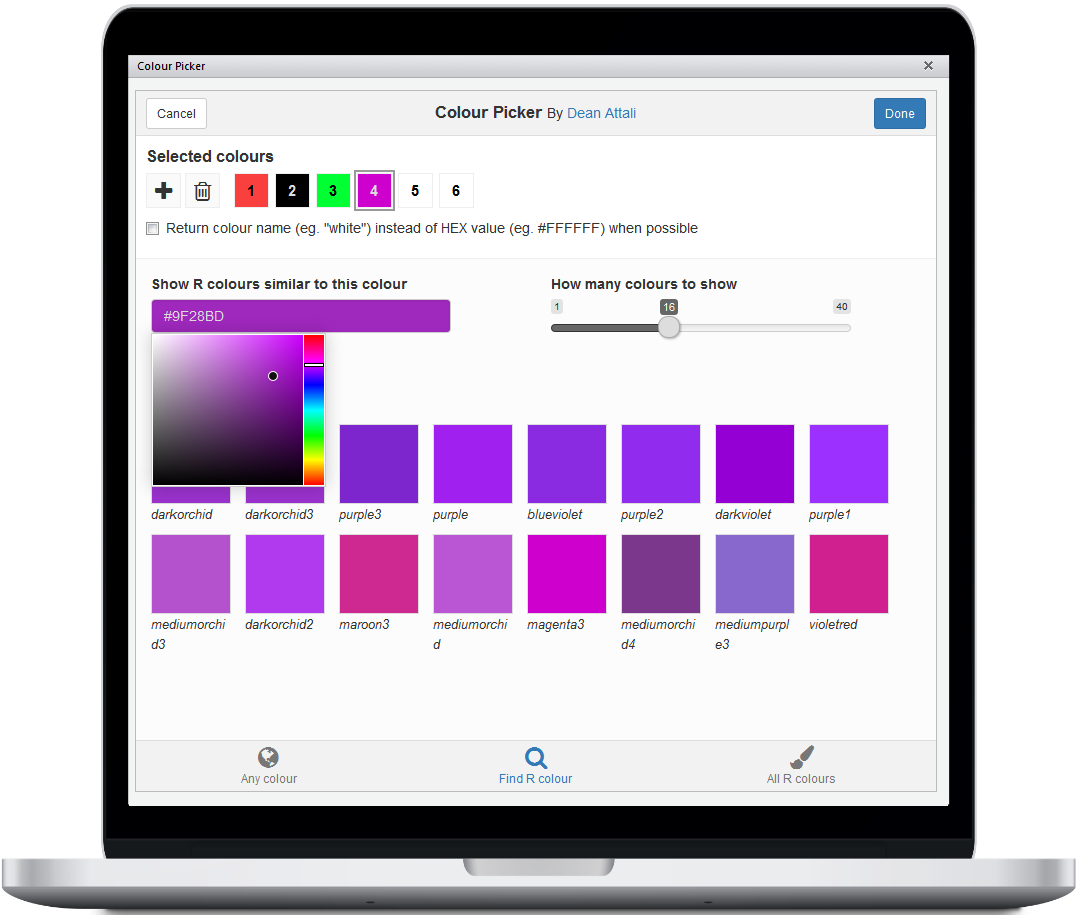
These files can then be turned into Web pages – and Web pages are built using a markup called HTML. They are plain text files so they can be created using any text editor on any computer. Markdown files follow a specific syntax that is easy to read and just as easy to write. If you are new to Markdown, it is a text-to-HTML conversion tool for web writers.
Rmarkdown color text how to#
Rmarkdown color text code#
Tracker automatically links URLs beginning with or This differs from Standard Markdown, which requires distinct tagging for URLs.Īs with GitHub, Tracker enables fenced code blocks by wrapping content with three backticks, whereas Standard Markdown converts text elements prefixed with a tab or spaced text elements to code blocks.In my work, I often have to write code, write the documentation that goes with that code, create Web pages, and work on text restoration projects, and have written several formal papers while I was in school. Since underscores are often used within text to define method names and variables (e.g., some_method_name), Tracker ignores interior _ and * characters. Markdown interprets * or _ wrapped words and phrases as bold and italic emphasis. Like GitHub-Flavored Markdown, Tracker renders line breaks between content elements as tags, and double line breaks as new paragraphs. With Standard Markdown, new lines are stripped out between elements, which often causes unintentional formatting issues.
Rmarkdown color text full#
Project Profile: full Tracker-Flavored Markdown Differences from Standard Markdown New lines Tasks: only inline Markdown (such as bold, italic, strikethrough, links, story tags, inline code blocks, etc.)

Title: only bold, italic, strikethrough, and links Here’s how the above alignment choices will render: Cat Breedsĭescription: full Tracker-Flavored Markdown | Panther | Black or tan | Less gentle giant |

| Siamese | Black and tan | Chatty Cathy |

| Maine Coon | All types | Gentle giant | Quote your text with a greater-than angle bracket > The following overview will introduce you to some of the most commonly used Markdown Syntax, which can be used in story descriptions, comments, tasks, blockers and titles (though some fields offer limited support, see Where you can use Markdown). When you use markdown in a story or epic description or comment field, you can click the Preview tab to see how the markdown will render after you save your changes. If you’re not familiar with Markdown, it may be worth your while to read Daring Fireball’s Markdown Syntax Guide. Getting started with Markdown is fairly easy. Markdown utilizes an easily consumable plaintext syntax to denote rich content elements such as bold/italic items, numbered and bulleted lists, code blocks, headers, and images. It is very similar to GitHub-Flavored Markdown, which improves upon Standard Markdown in many ways. Tracker uses a version of Markdown (“Tracker-Flavored Markdown”) for description, comments, tasks, blockers and titles.



 0 kommentar(er)
0 kommentar(er)
